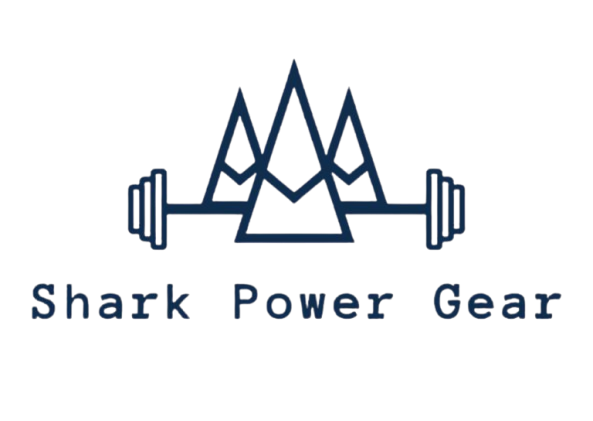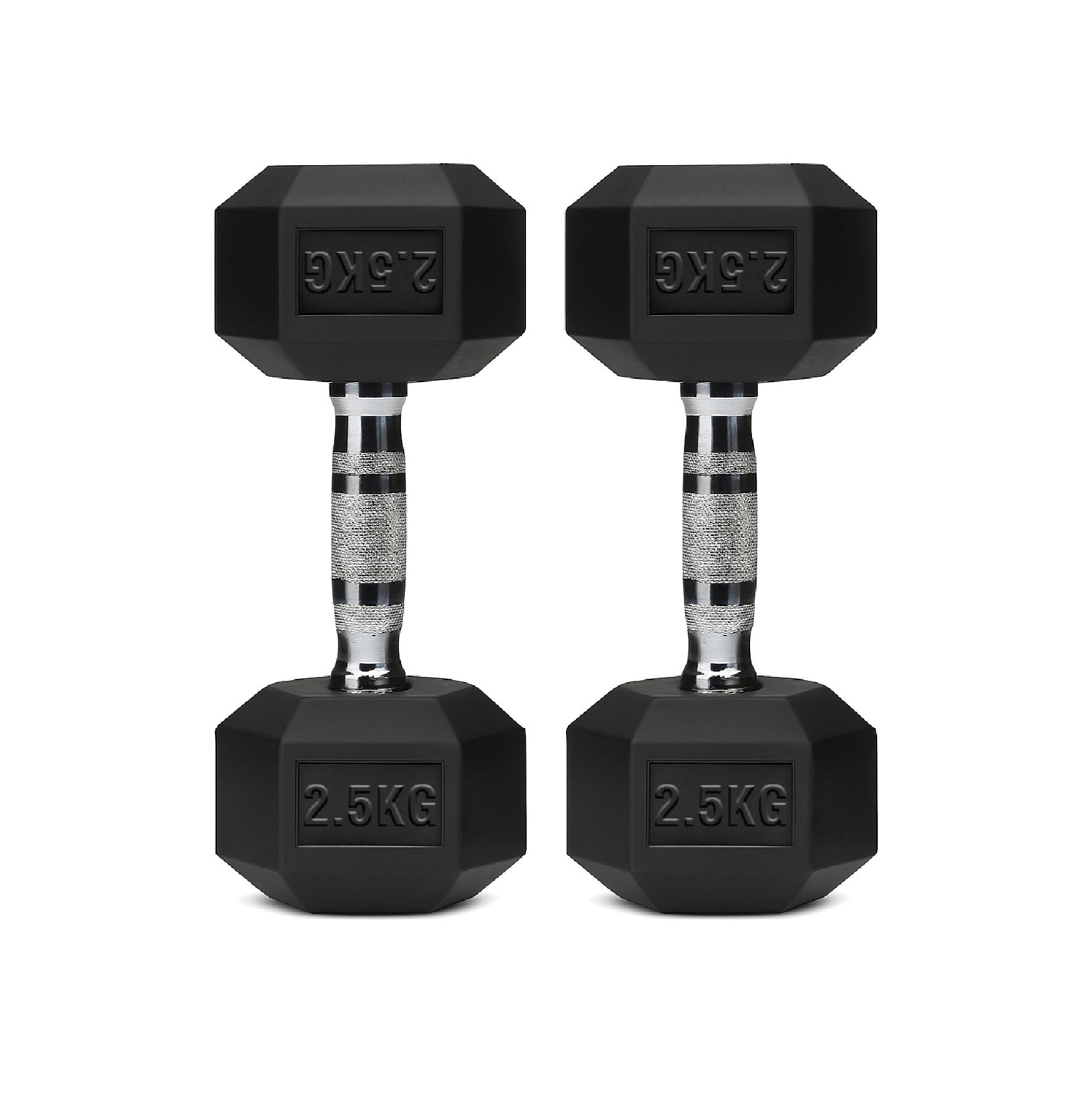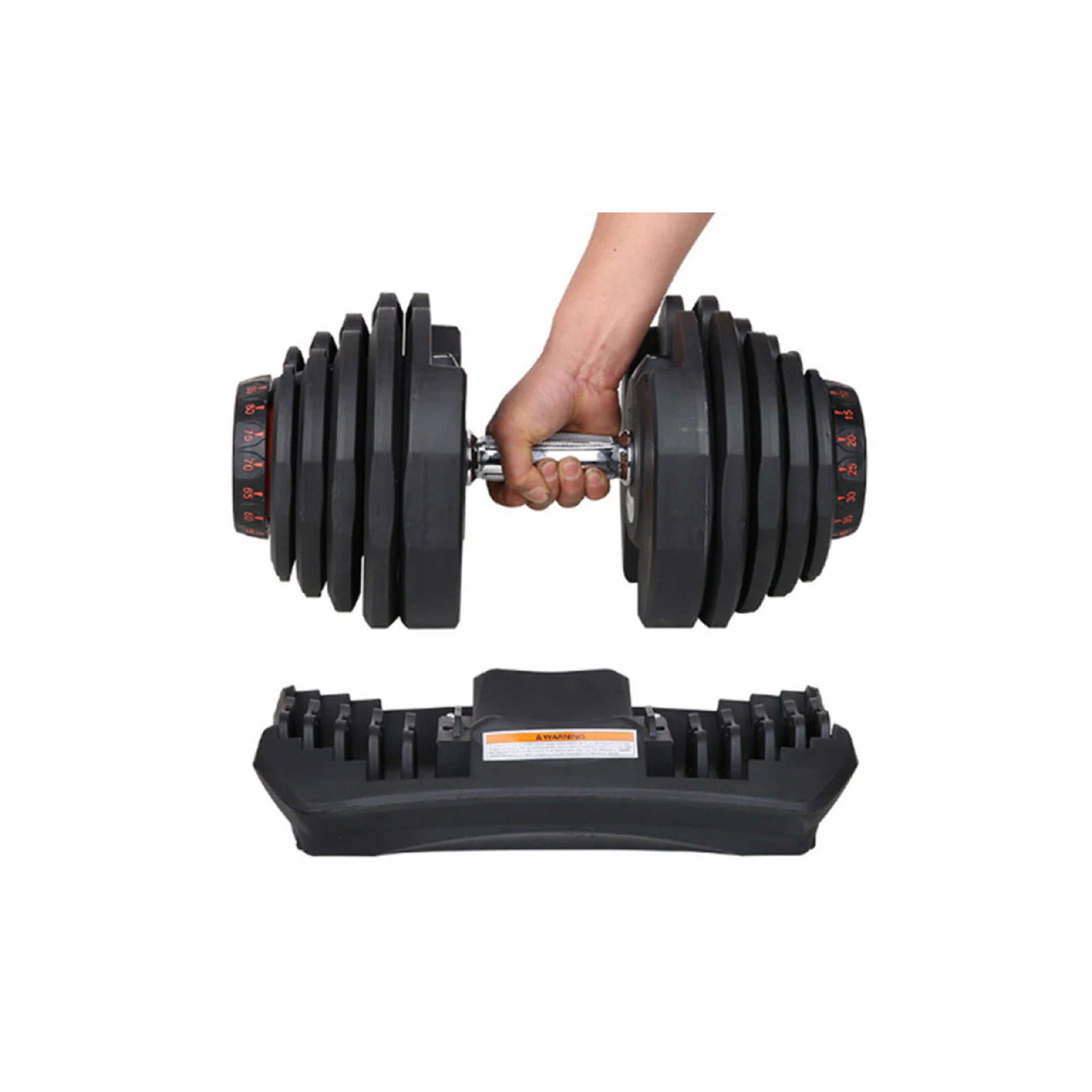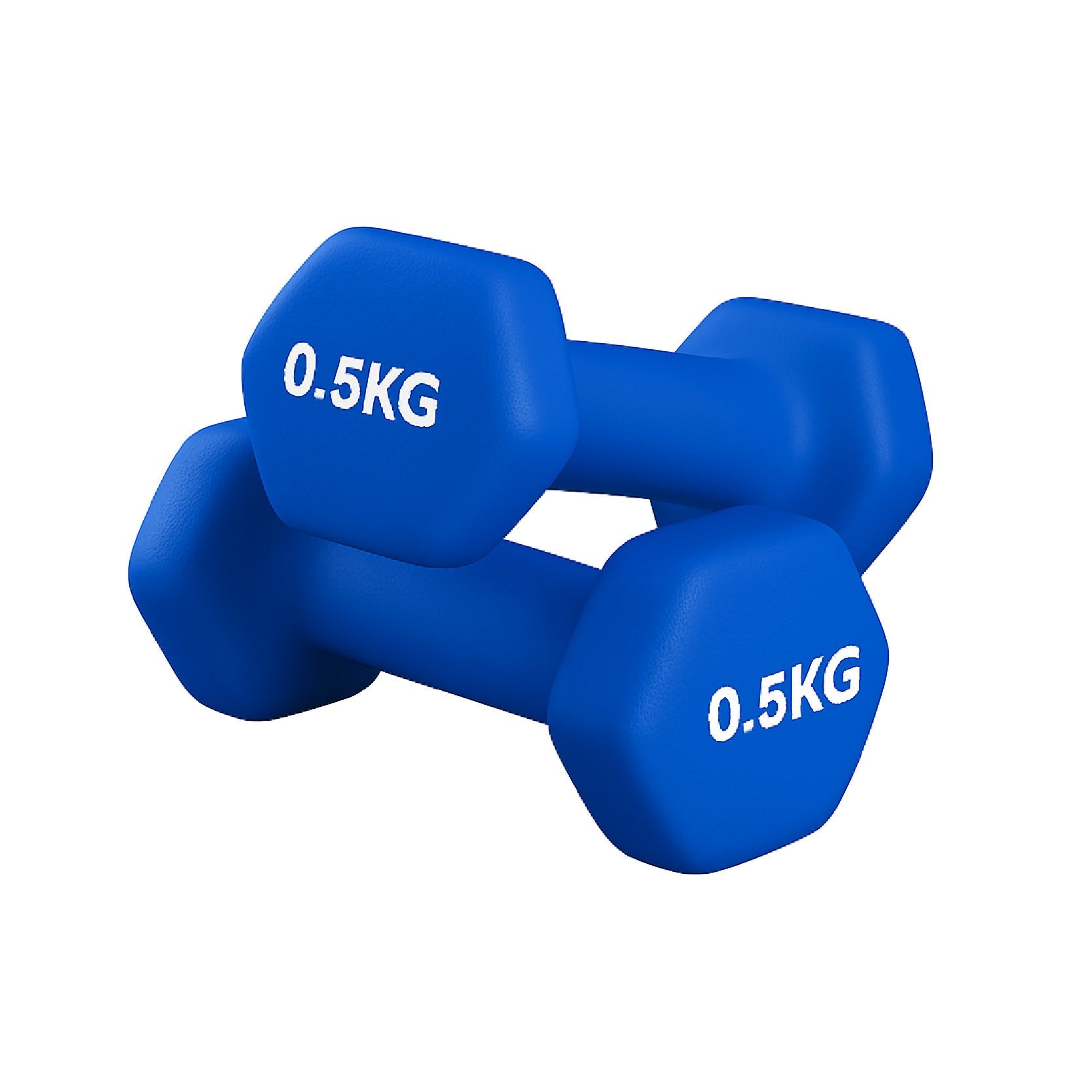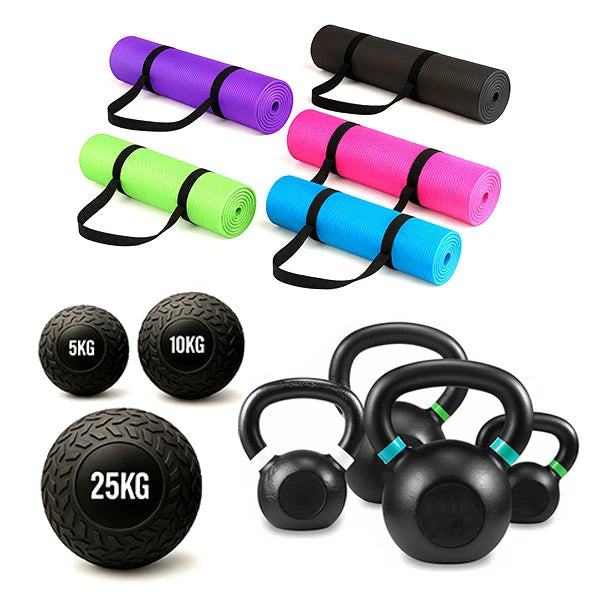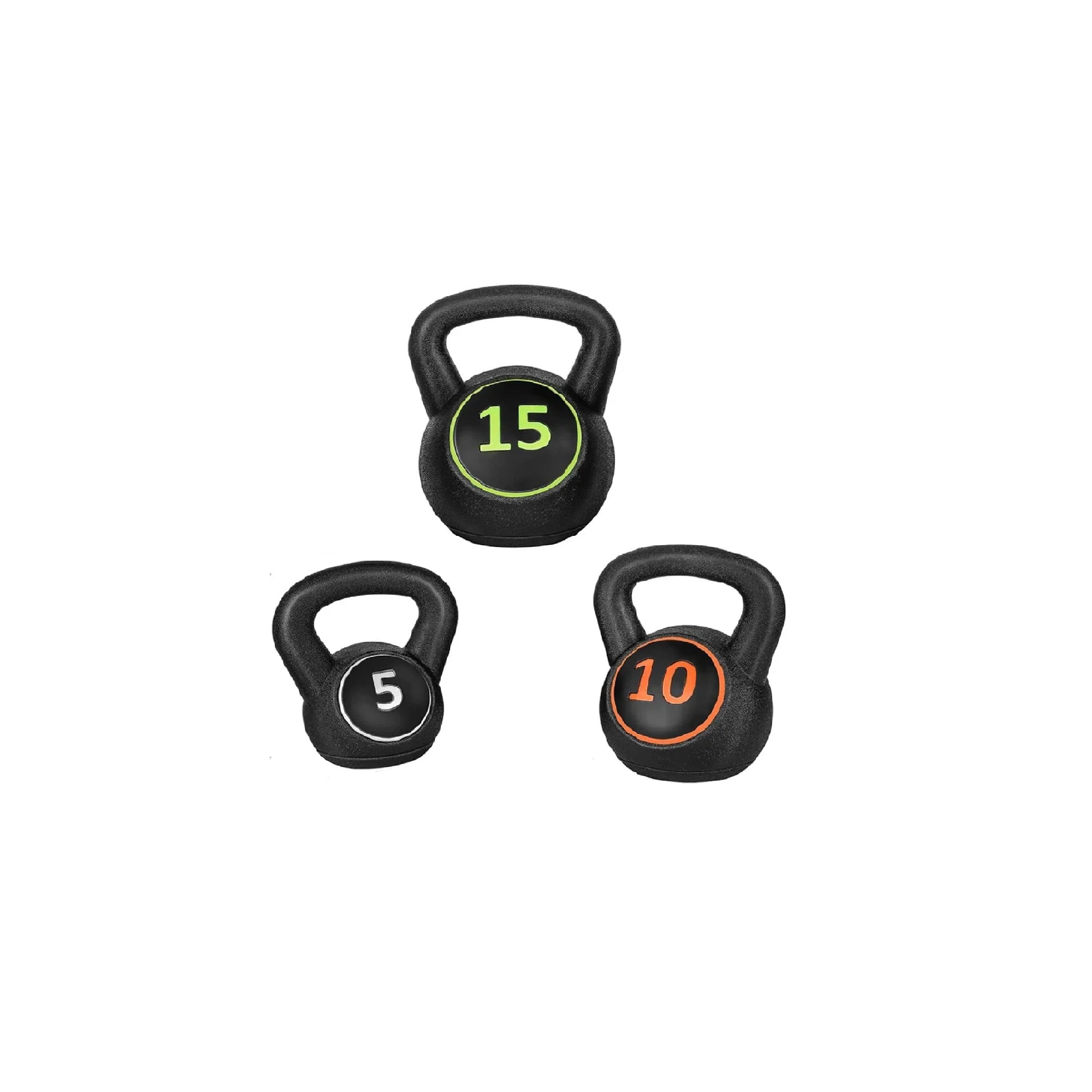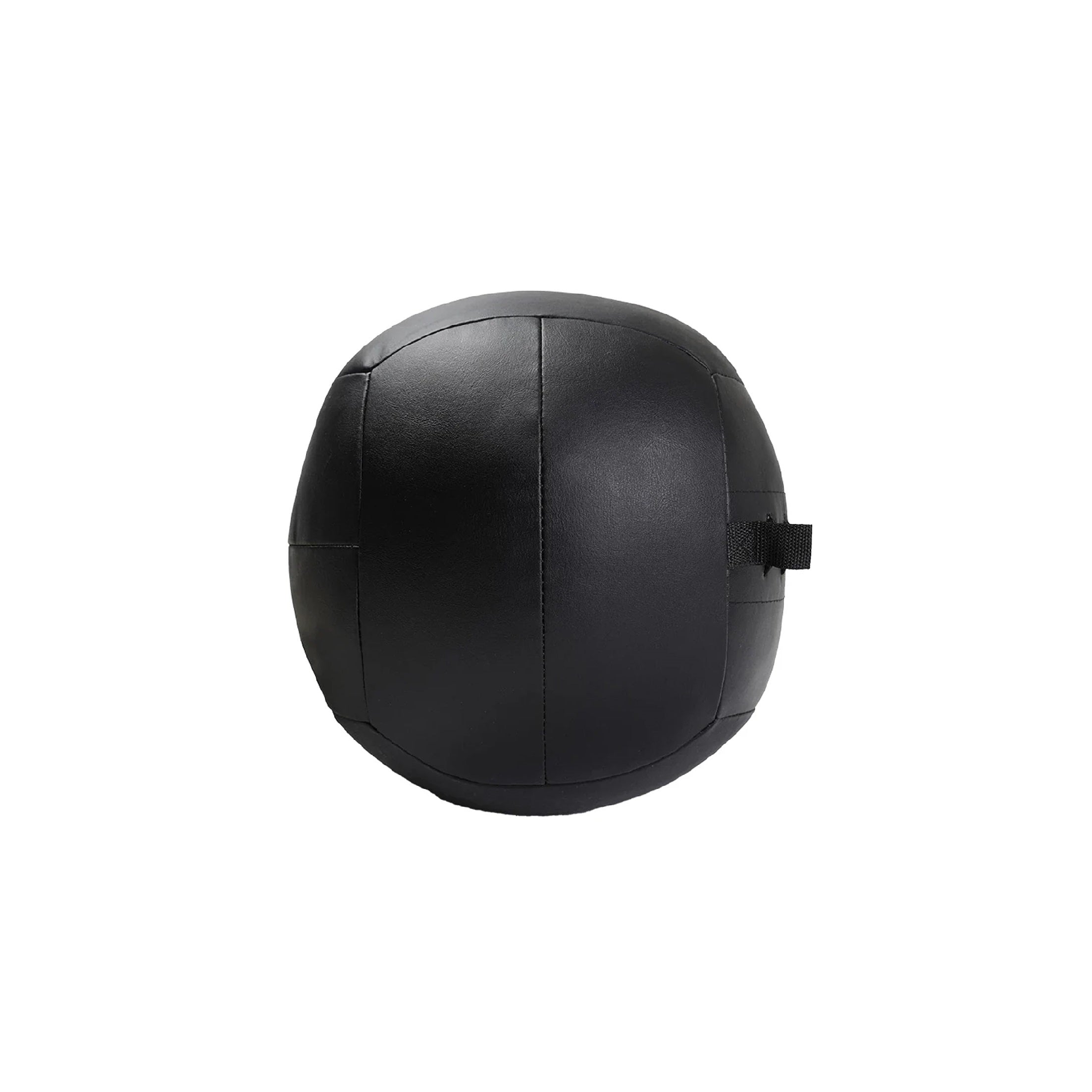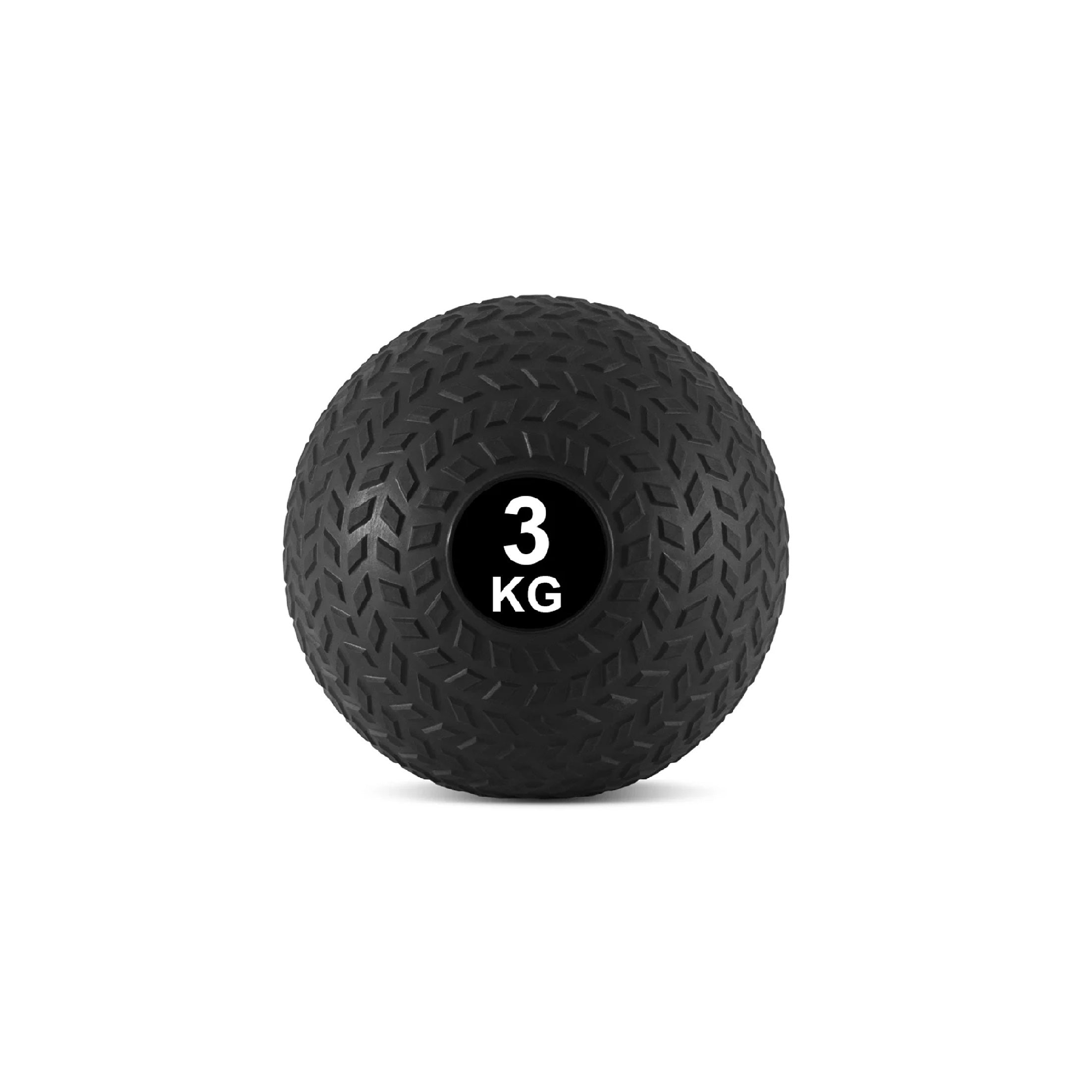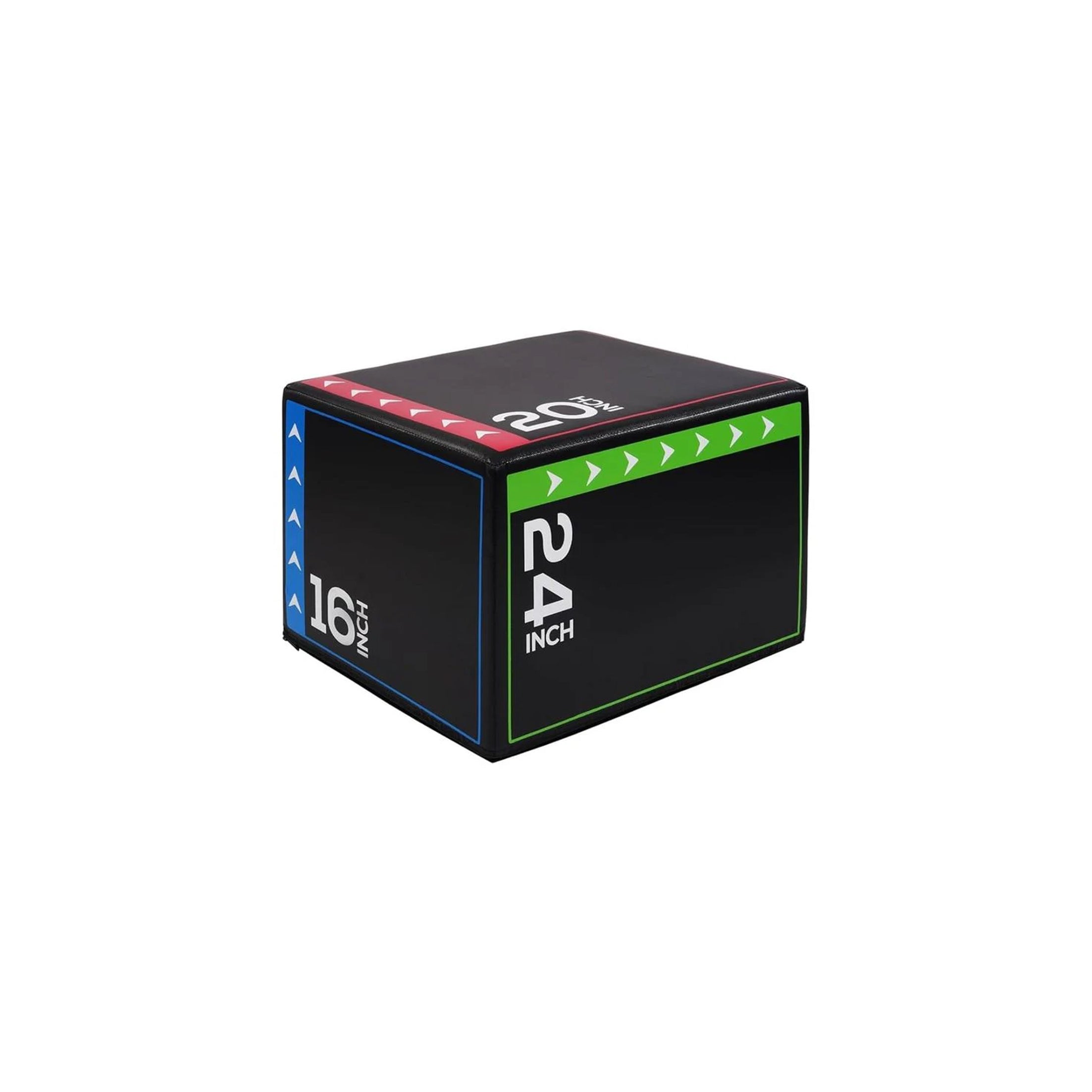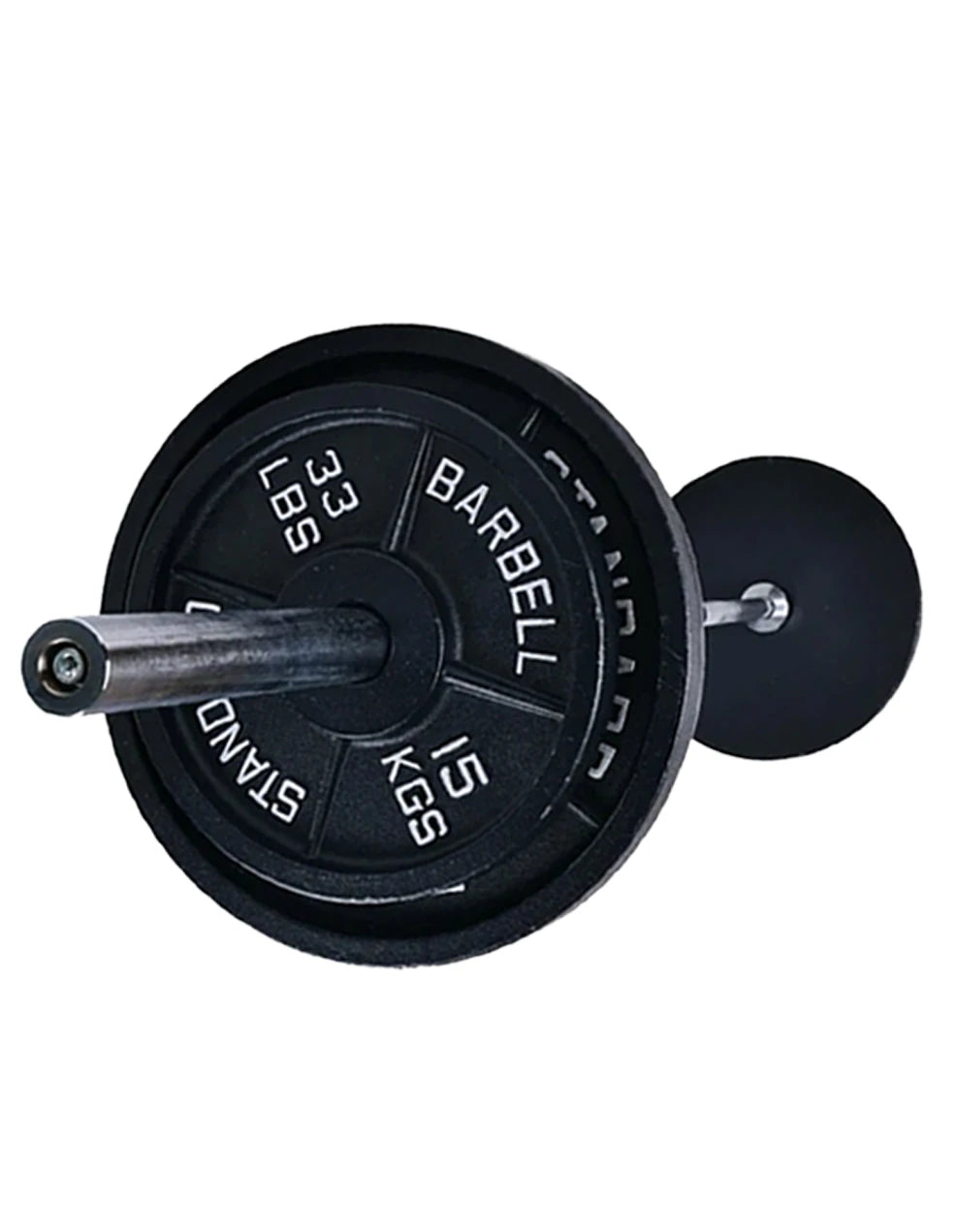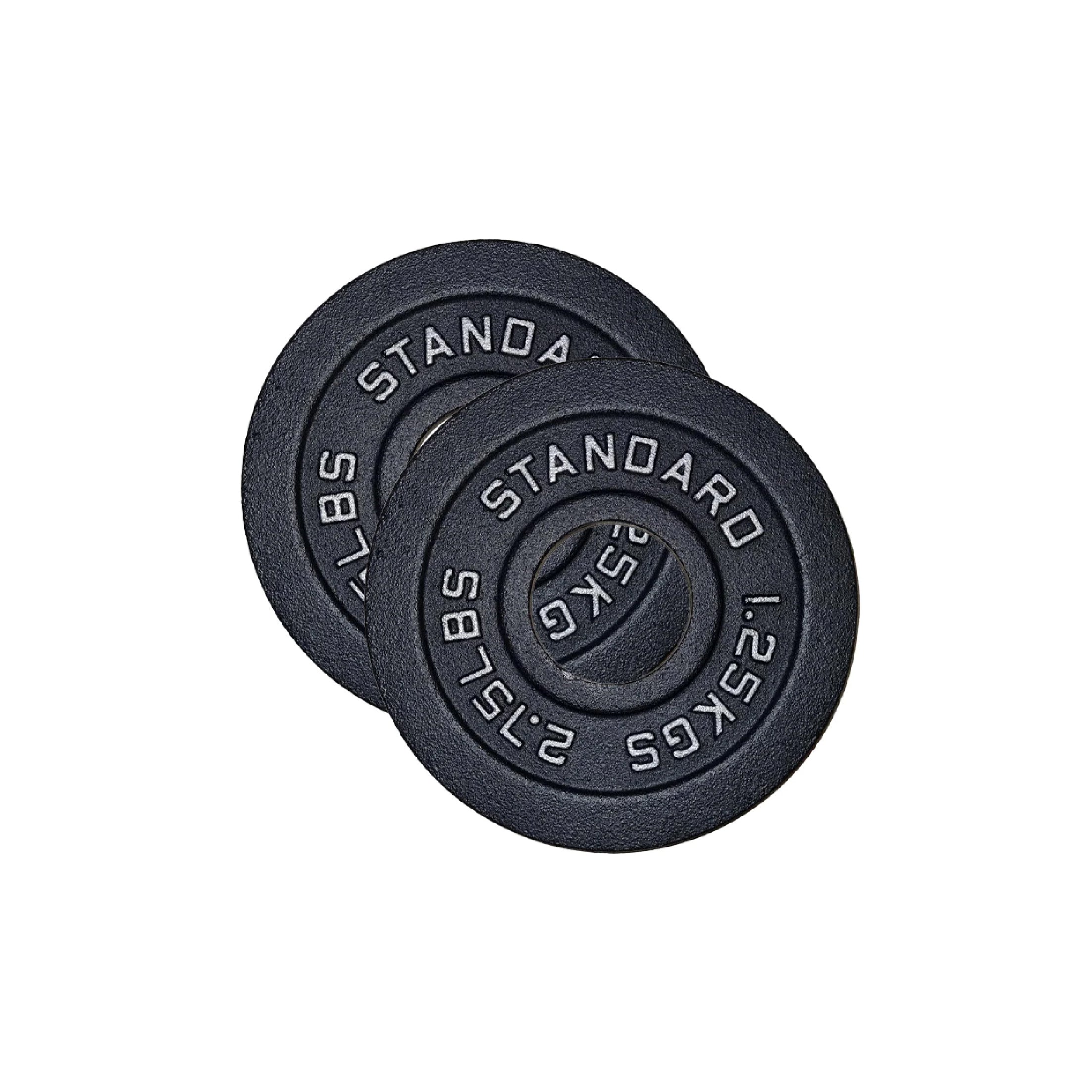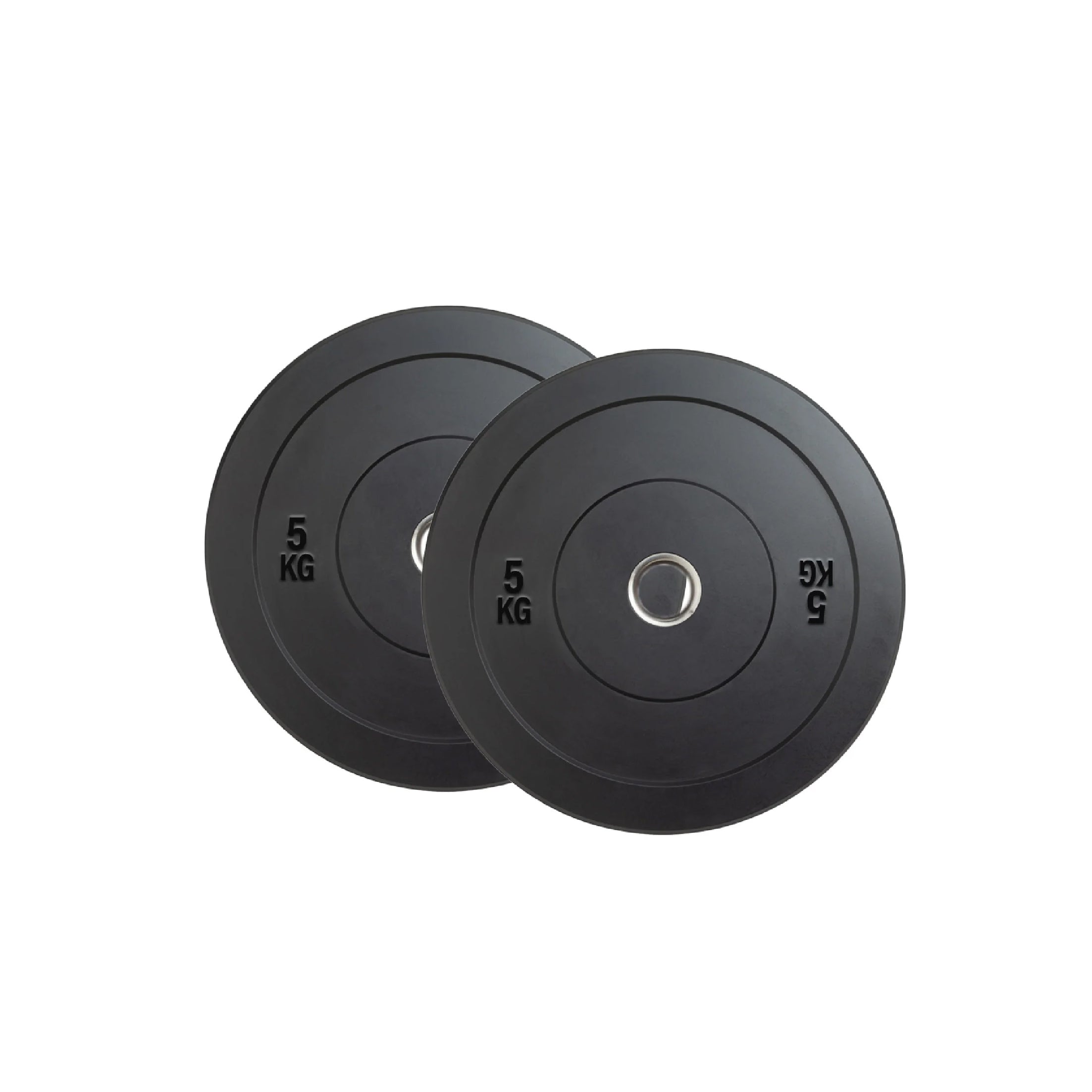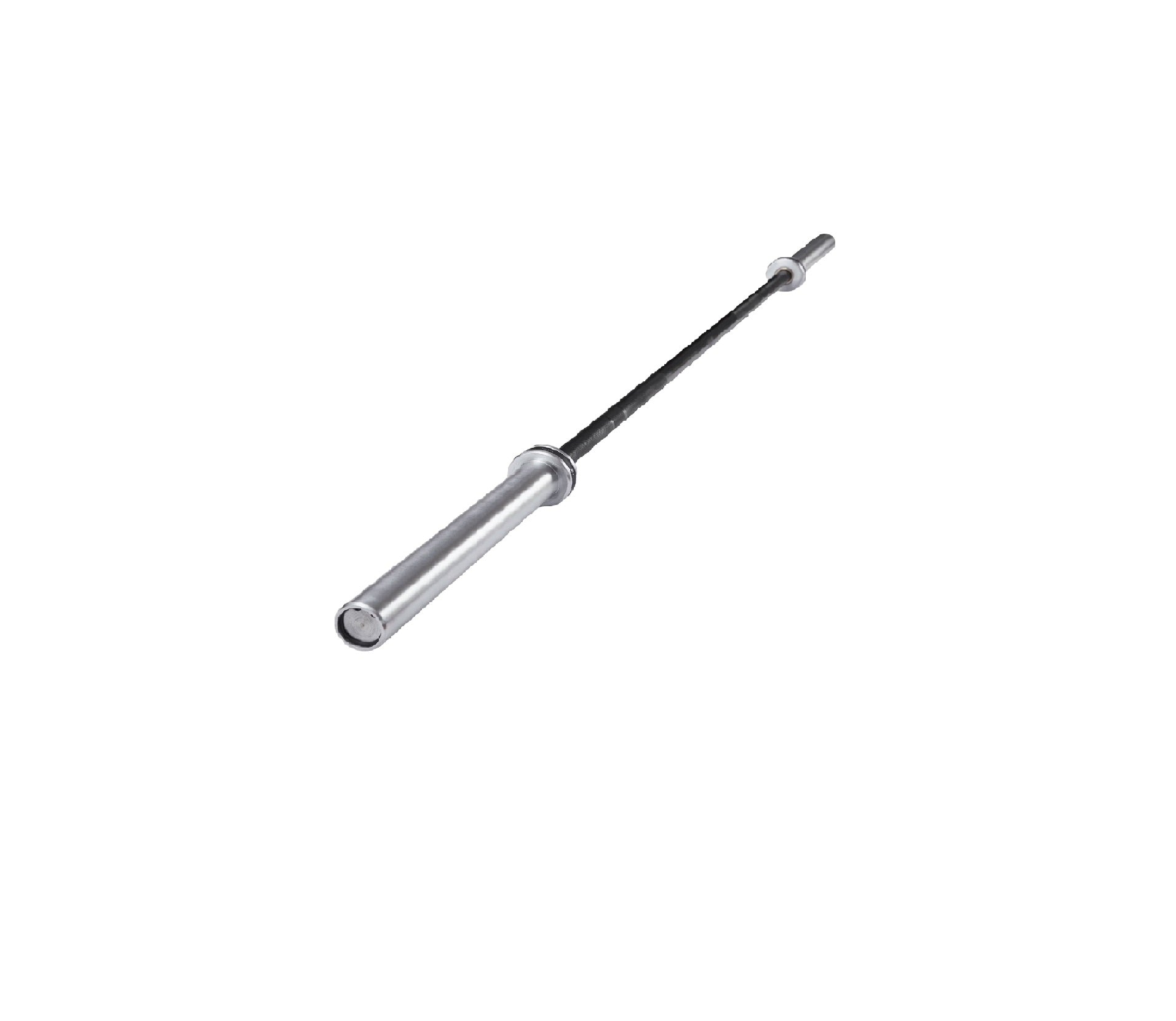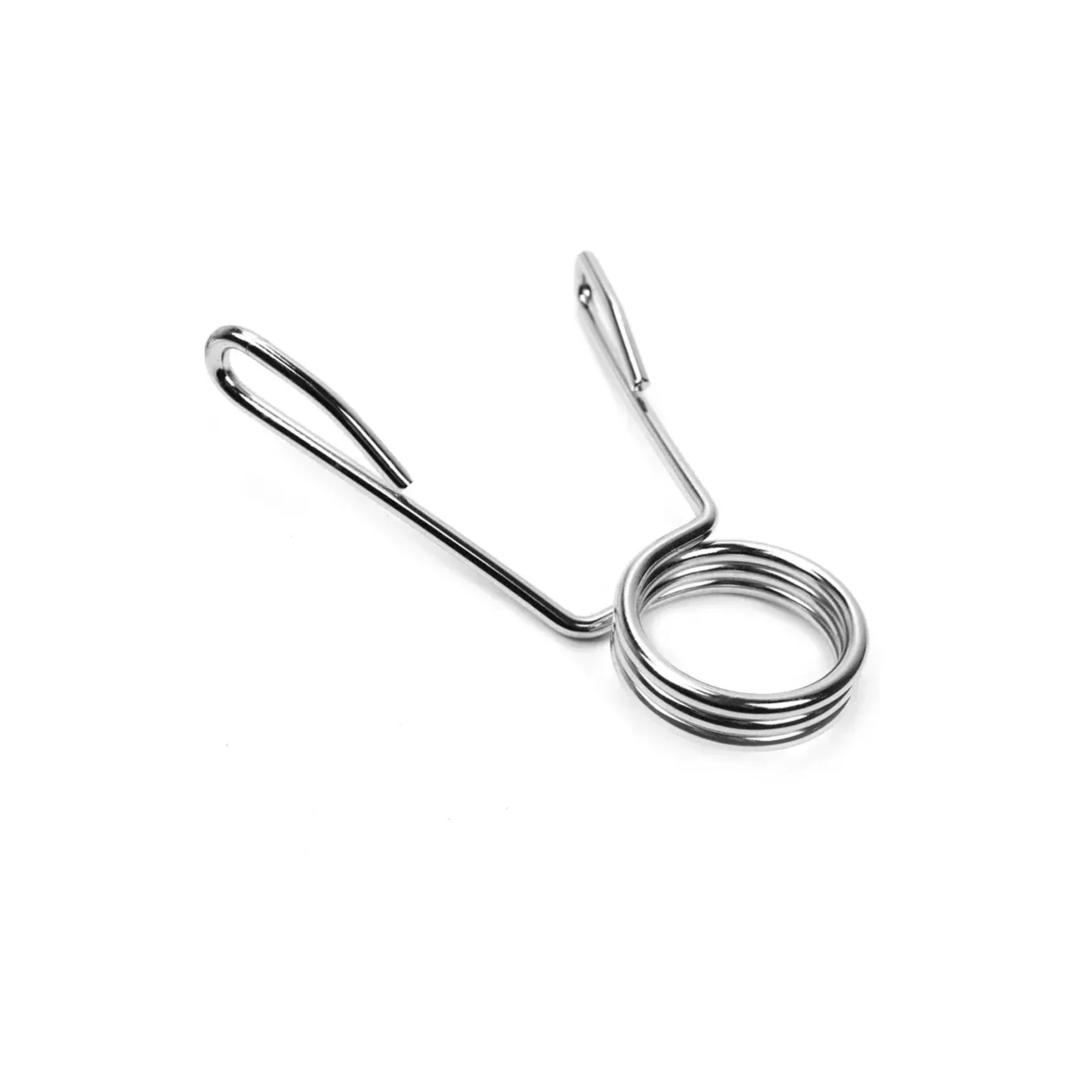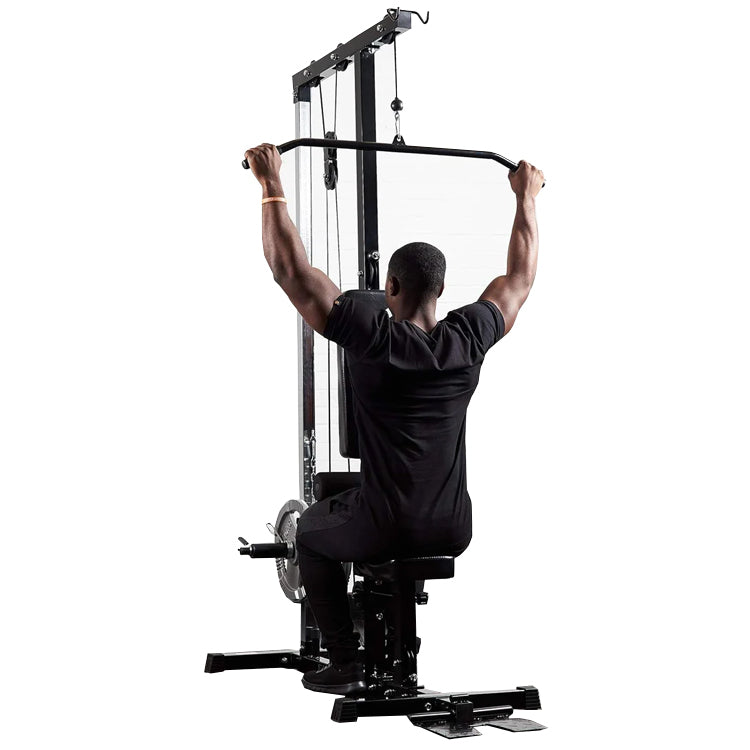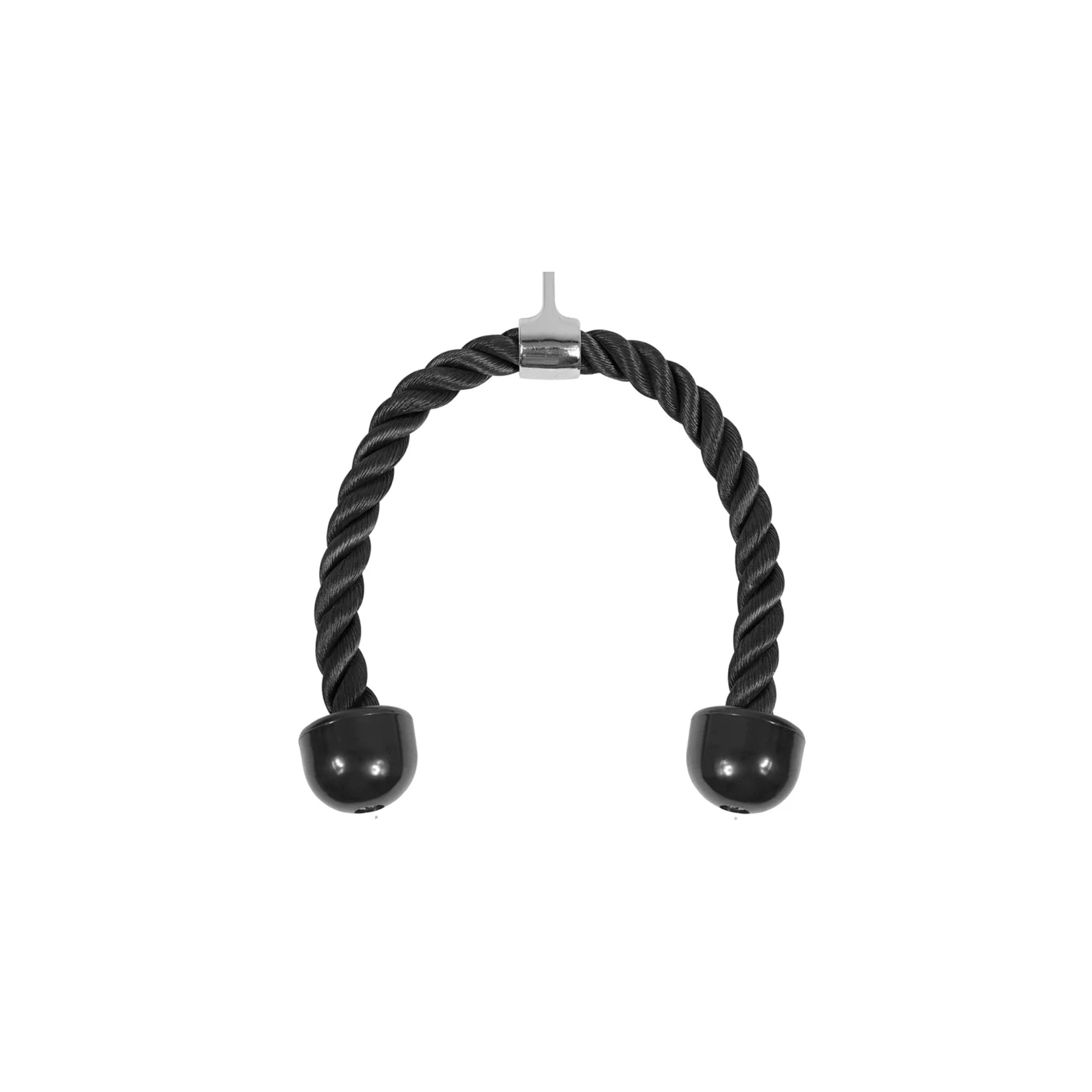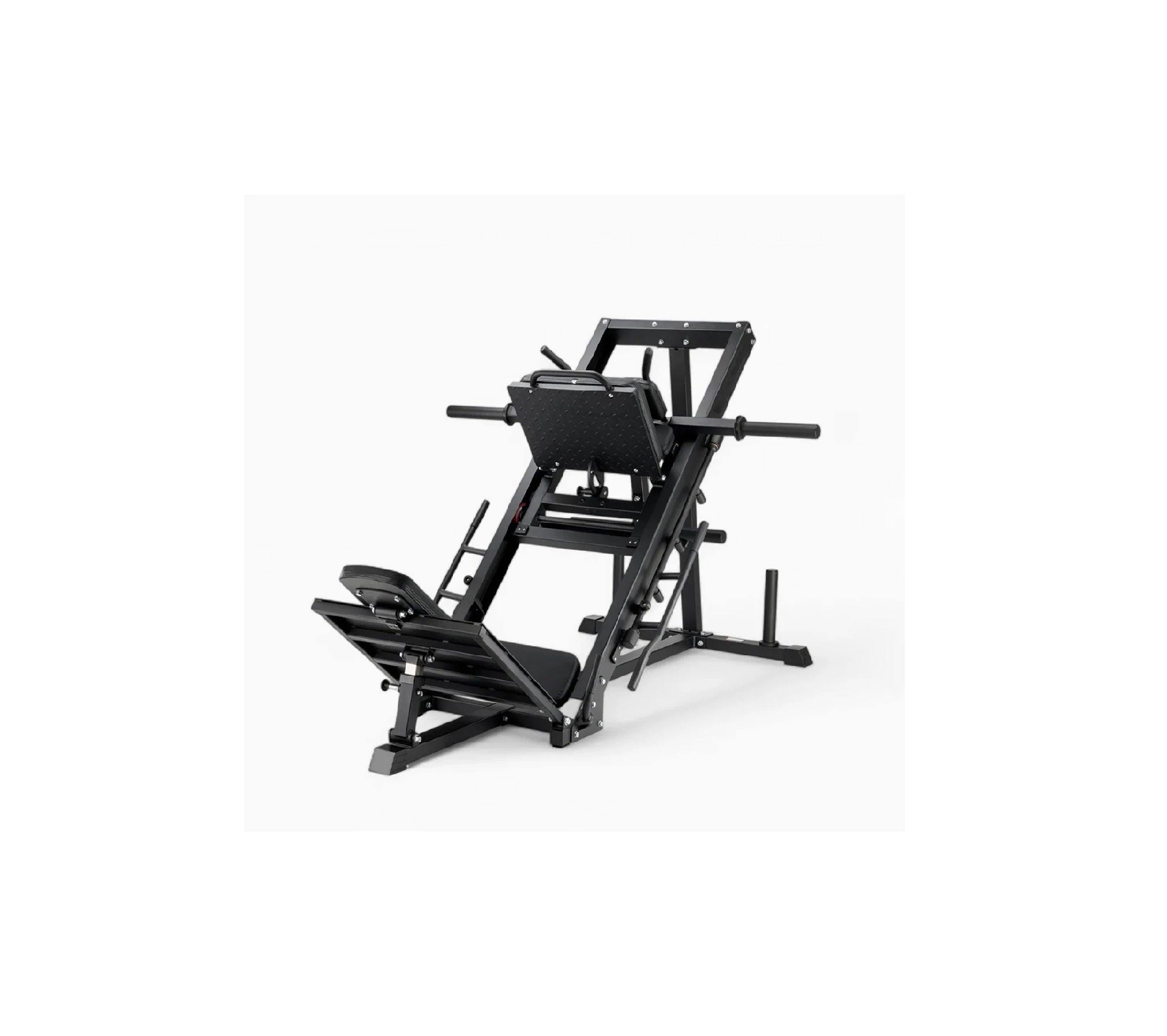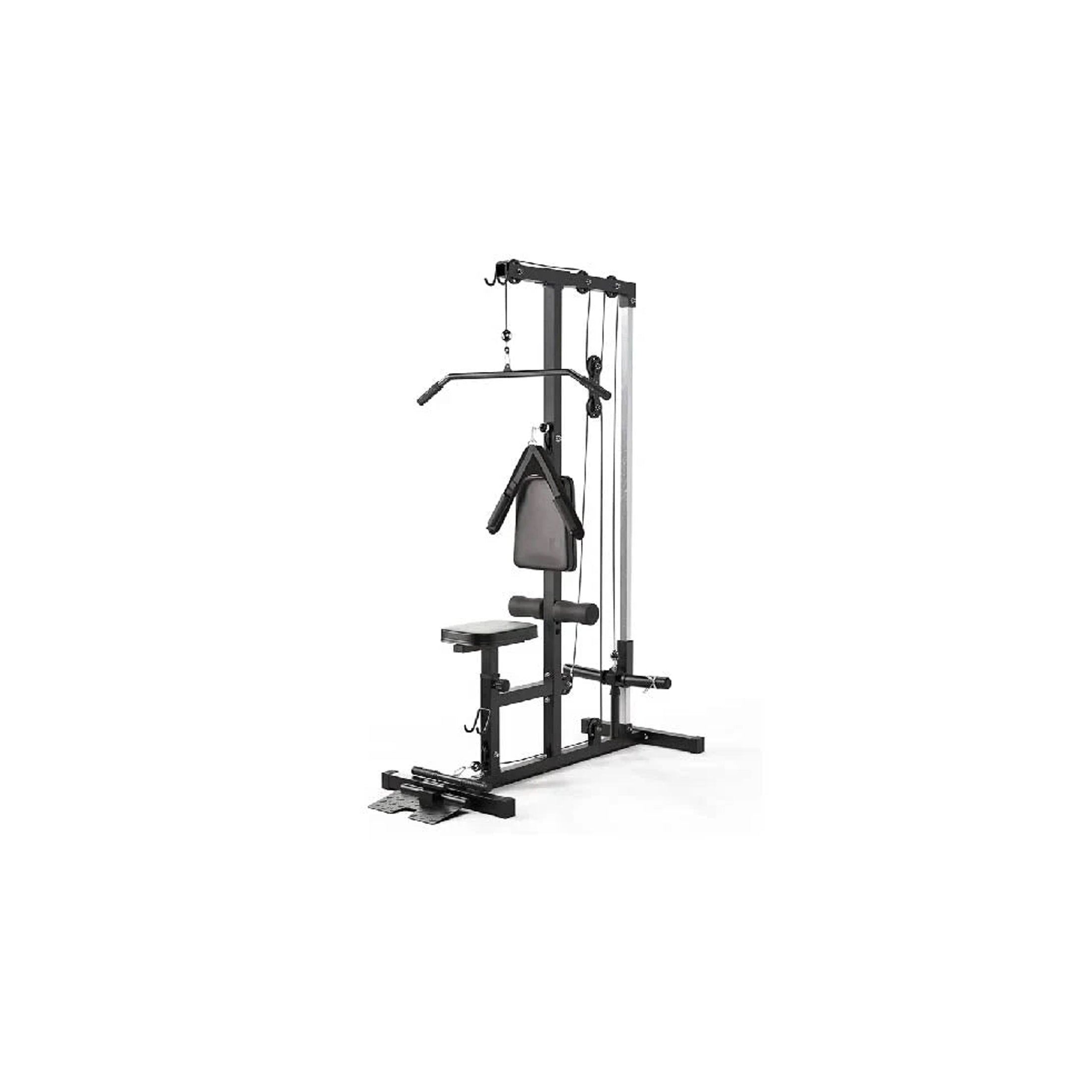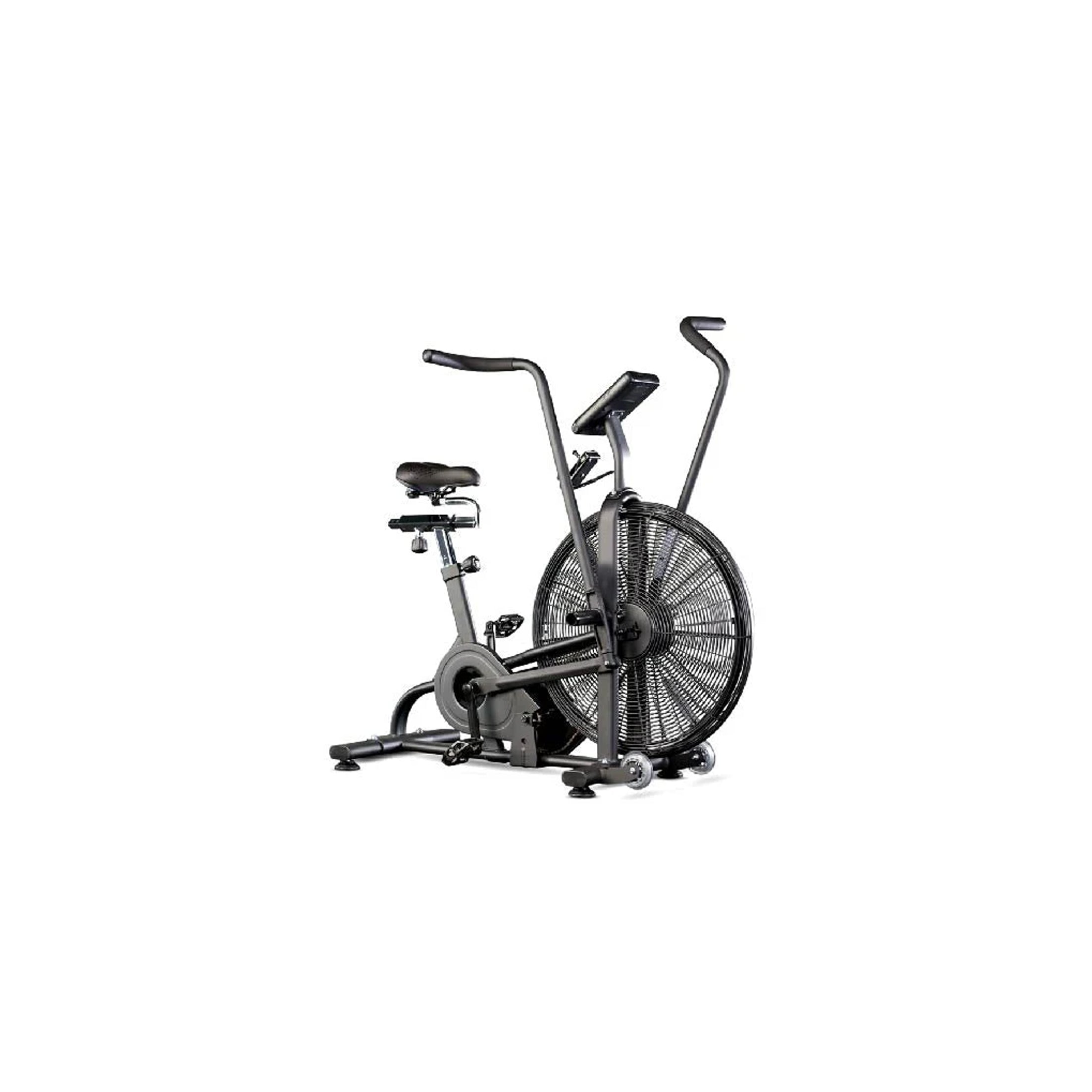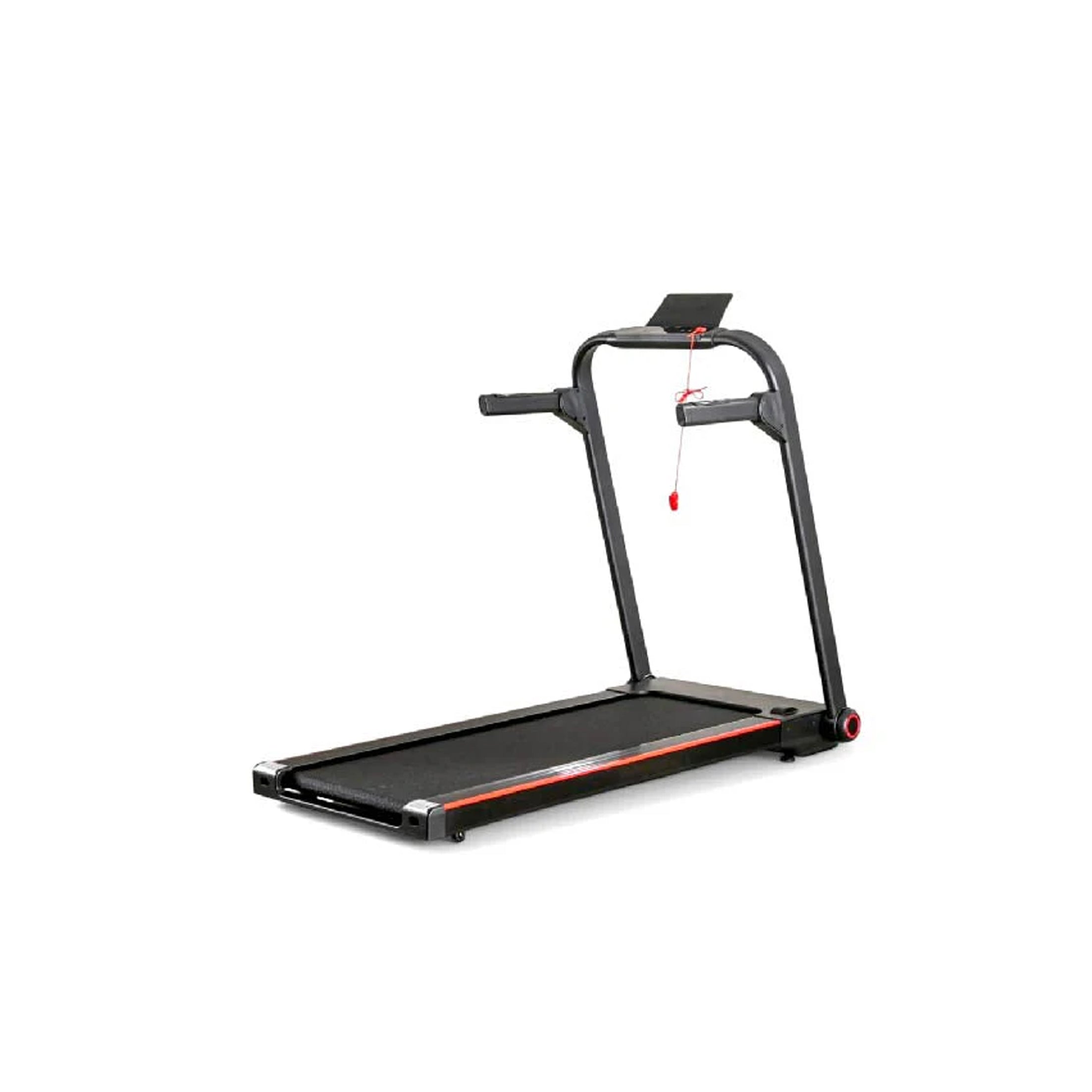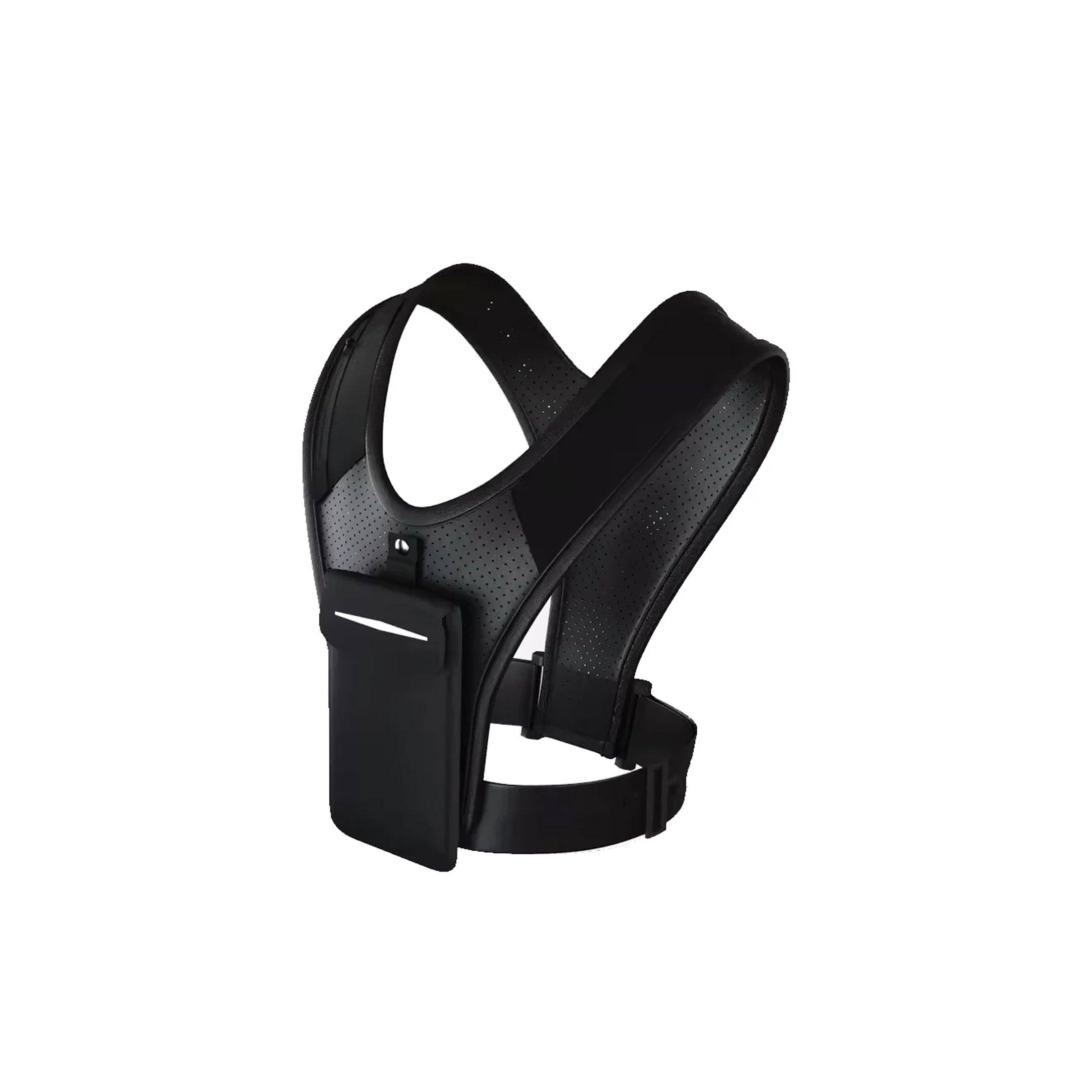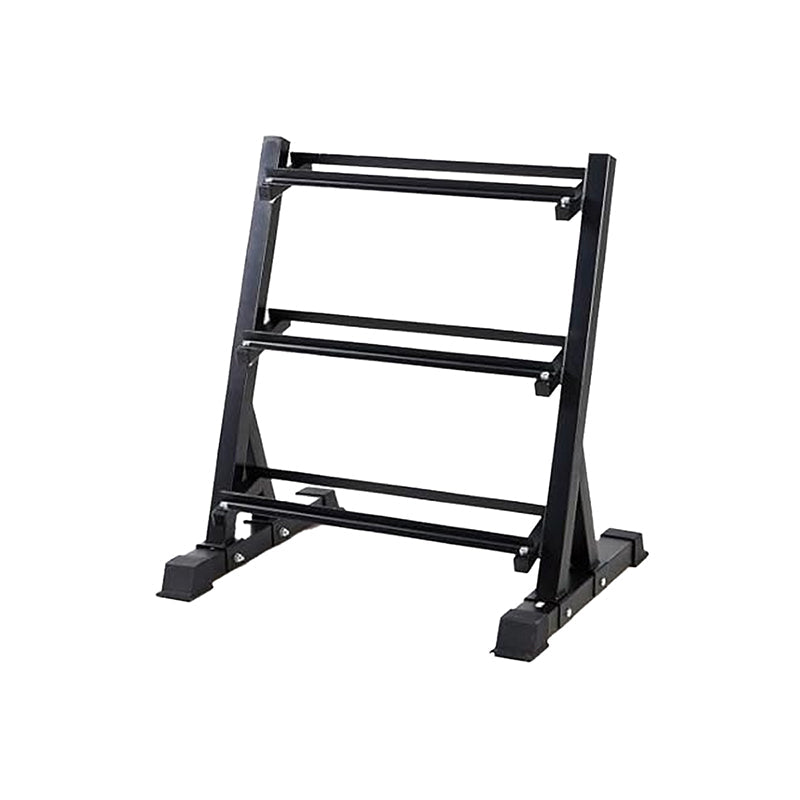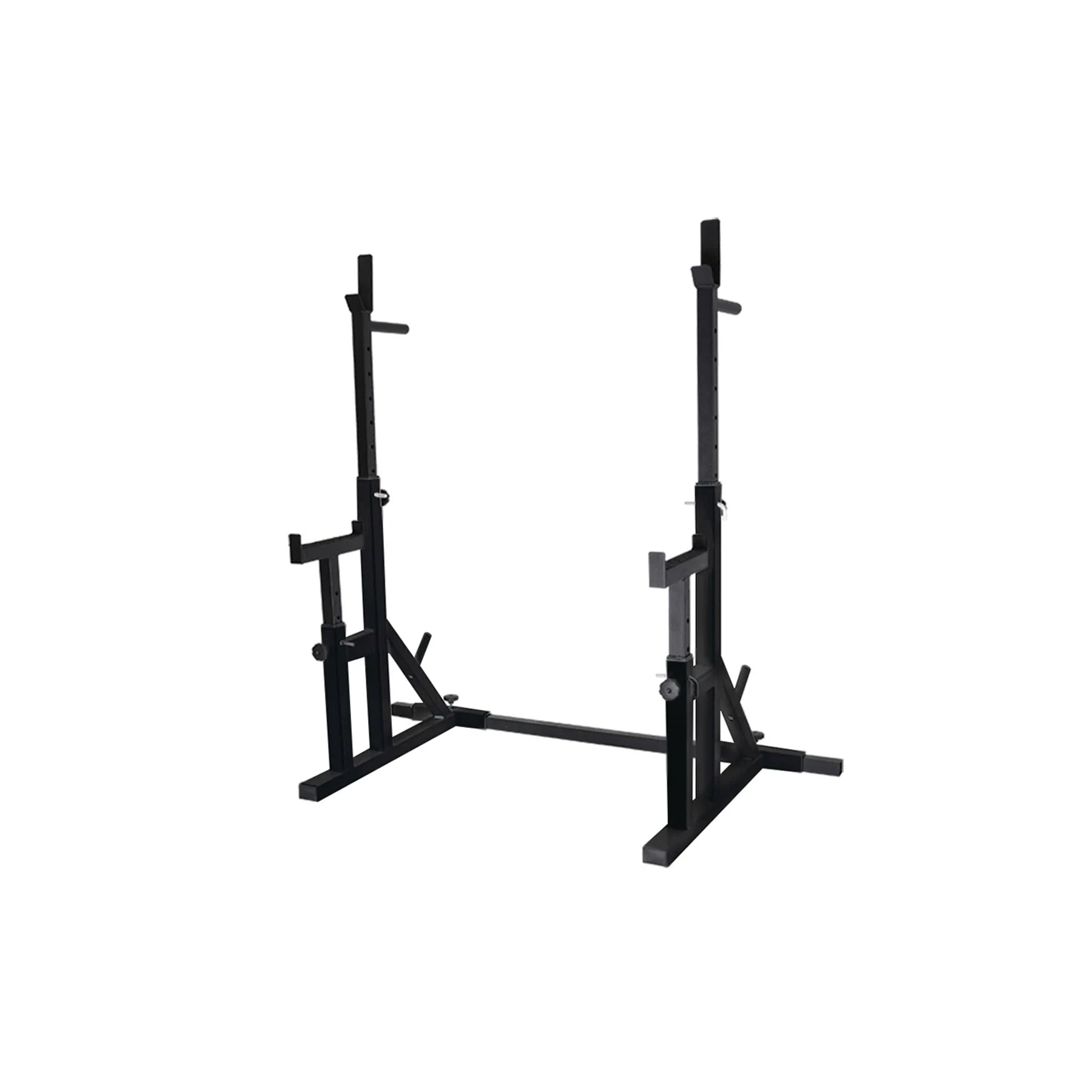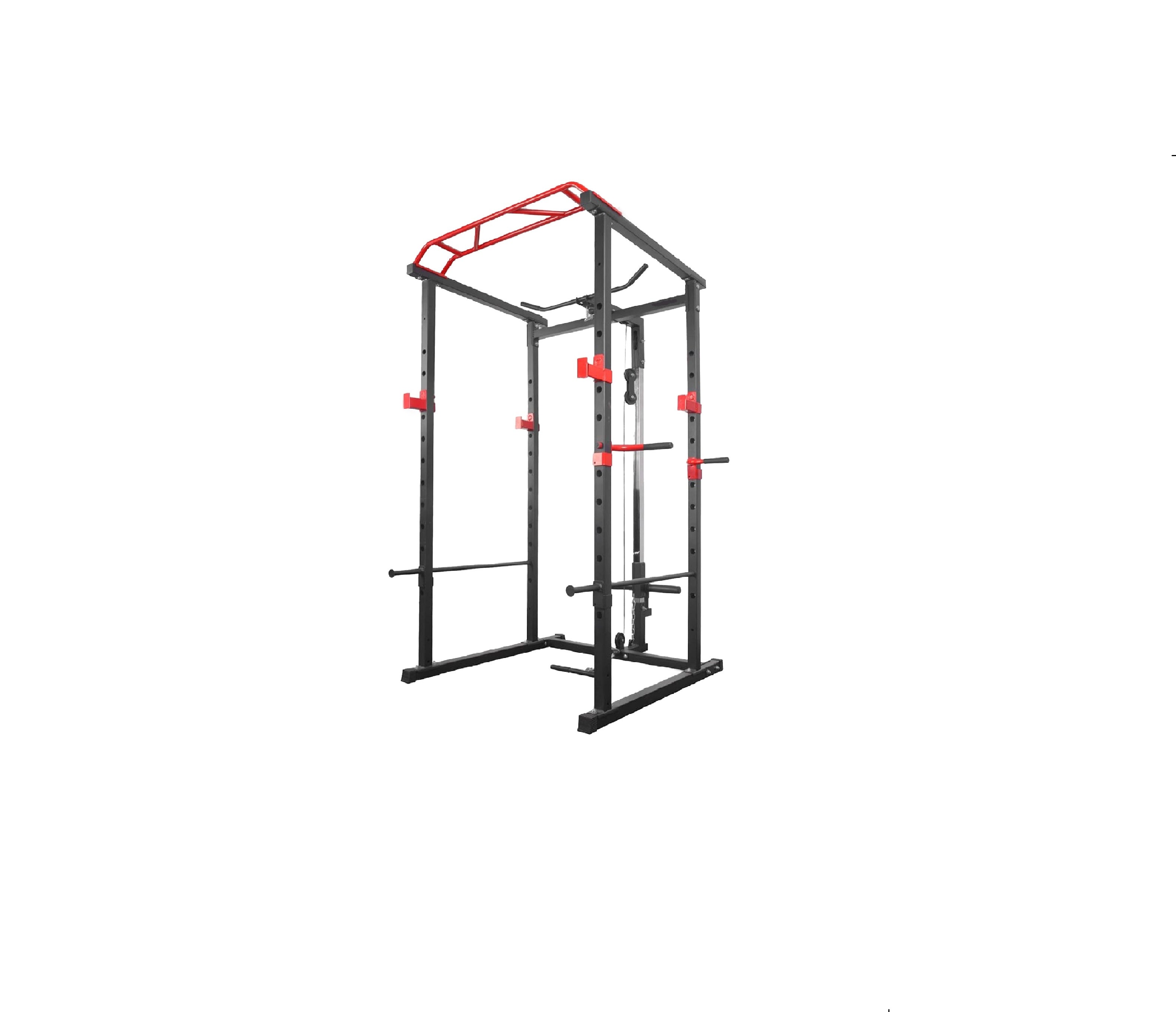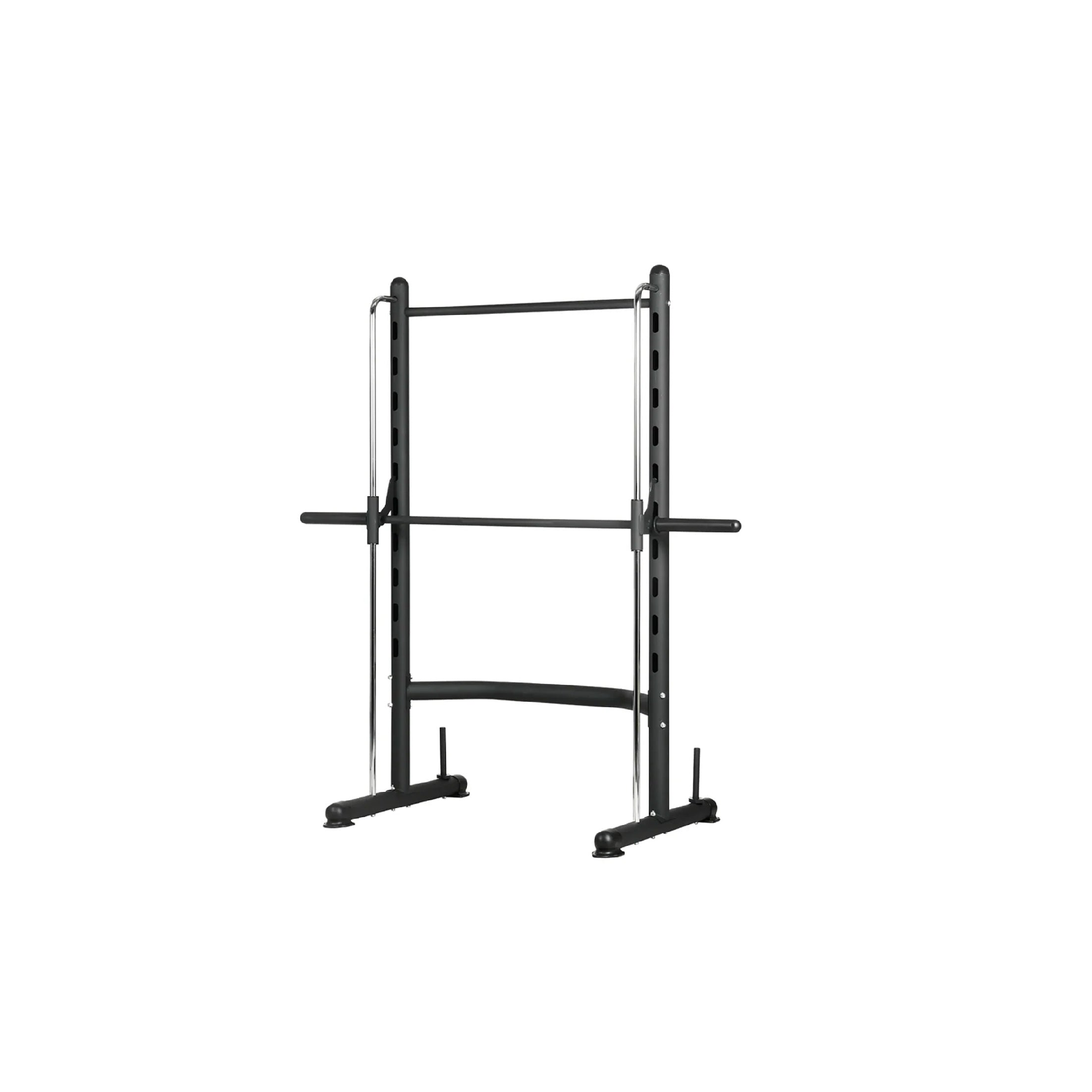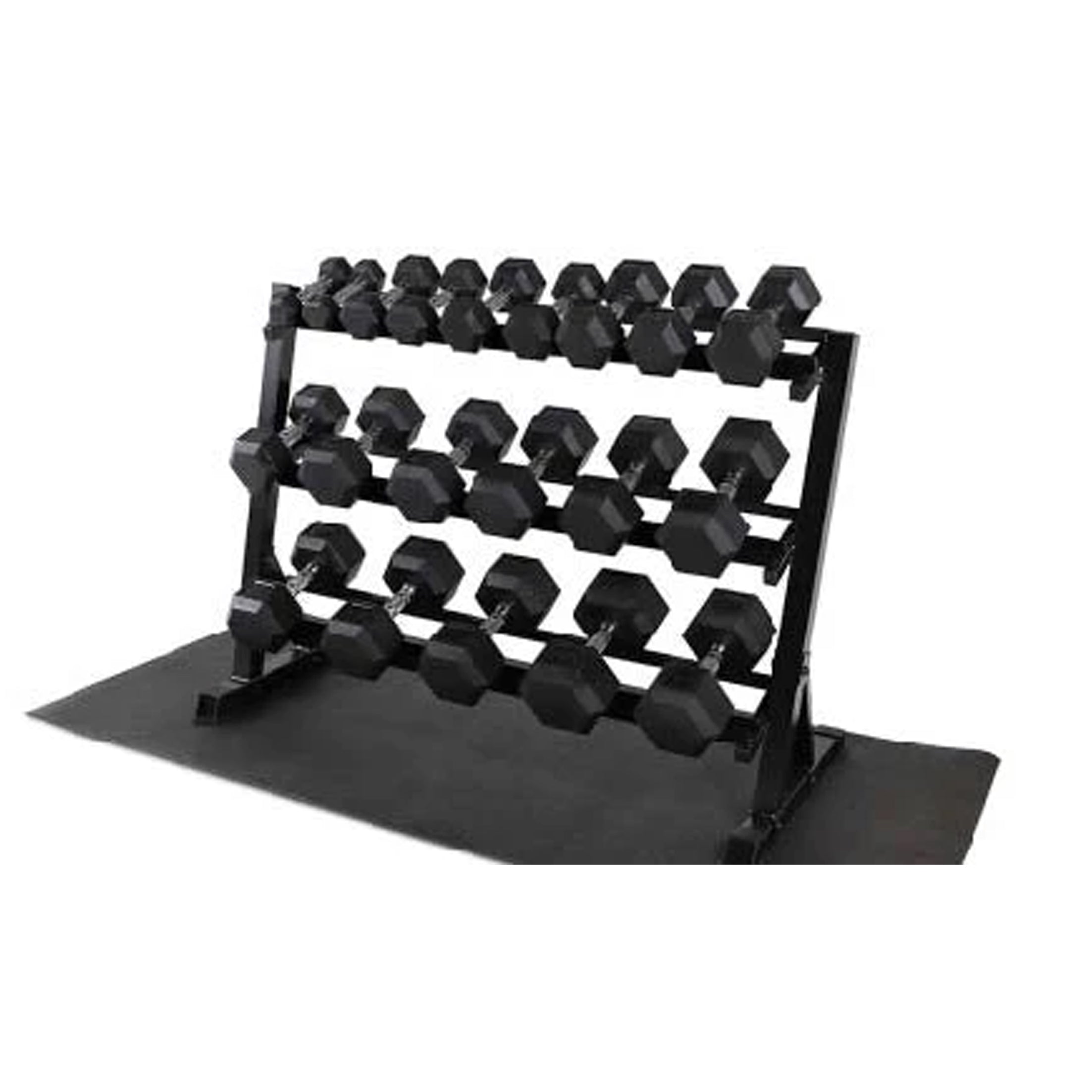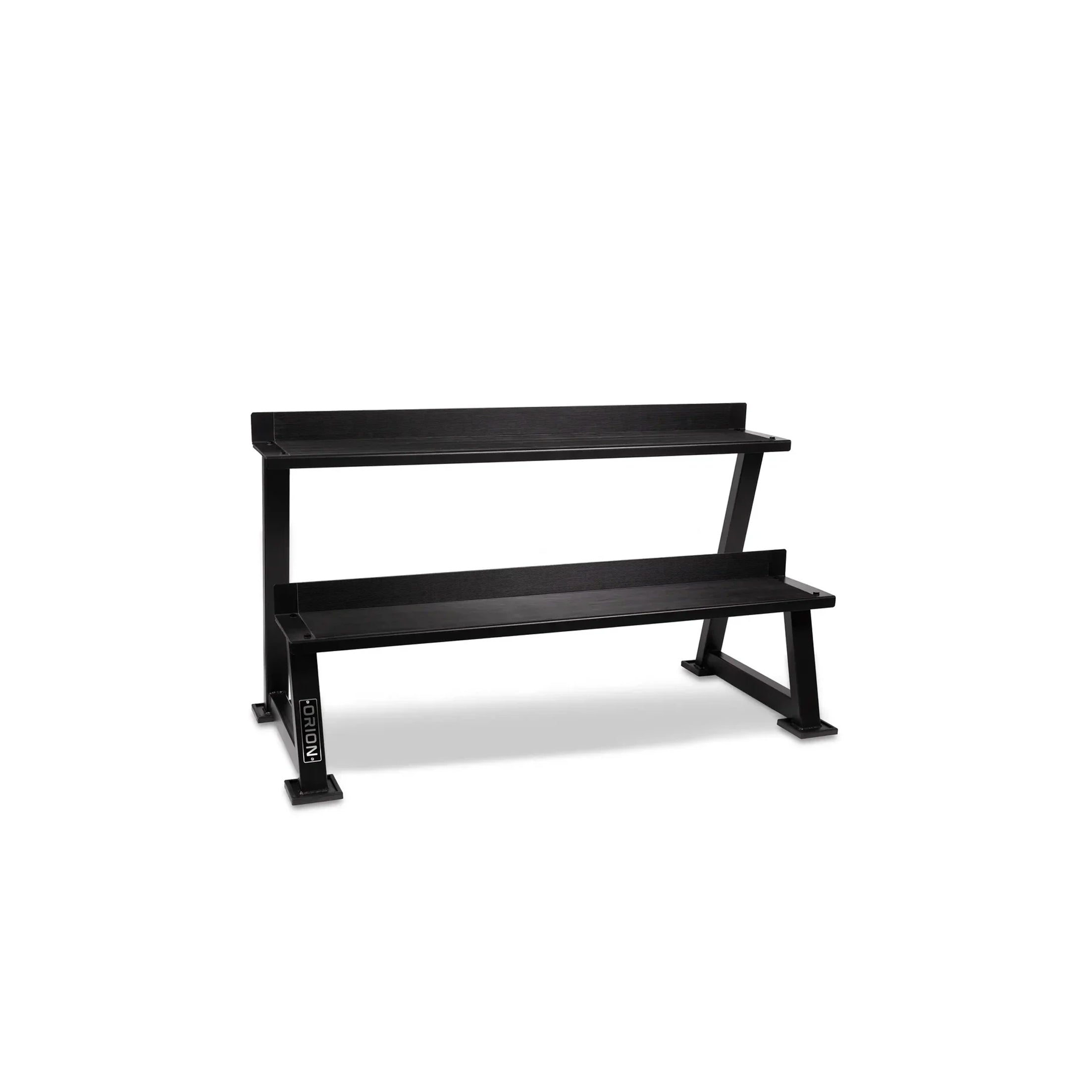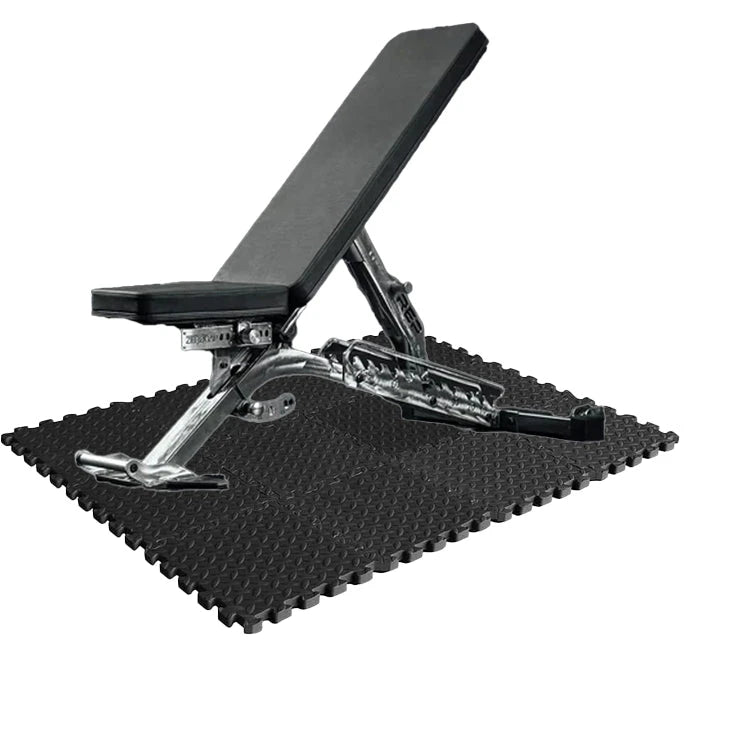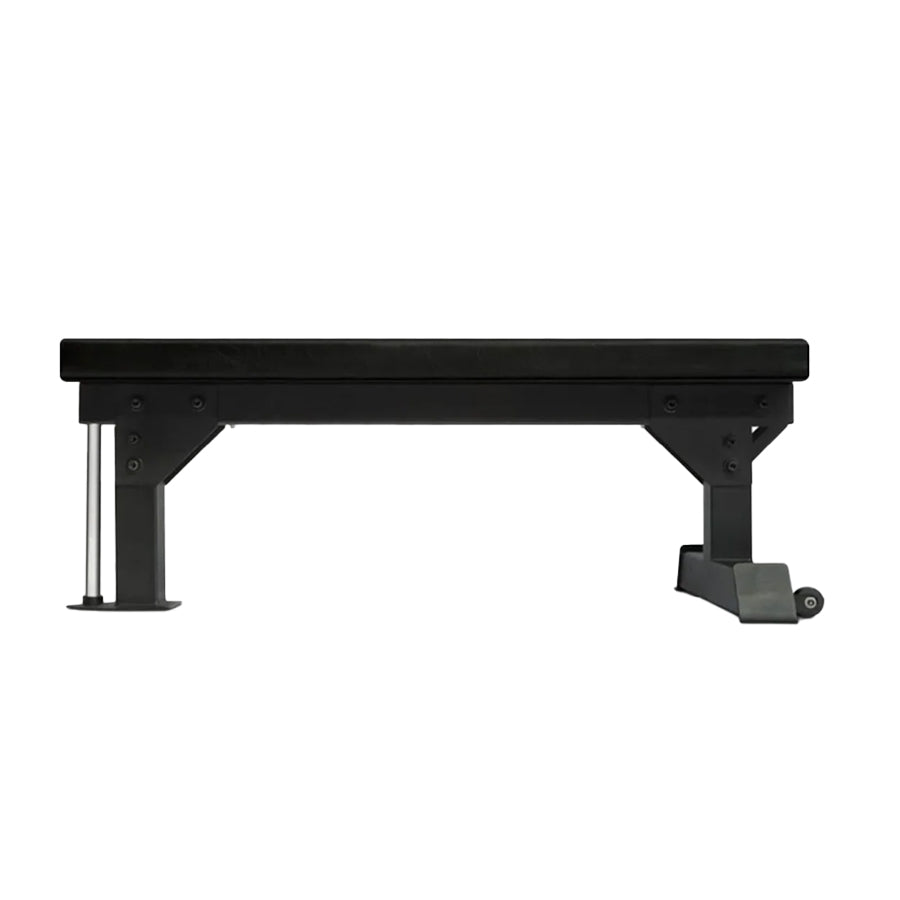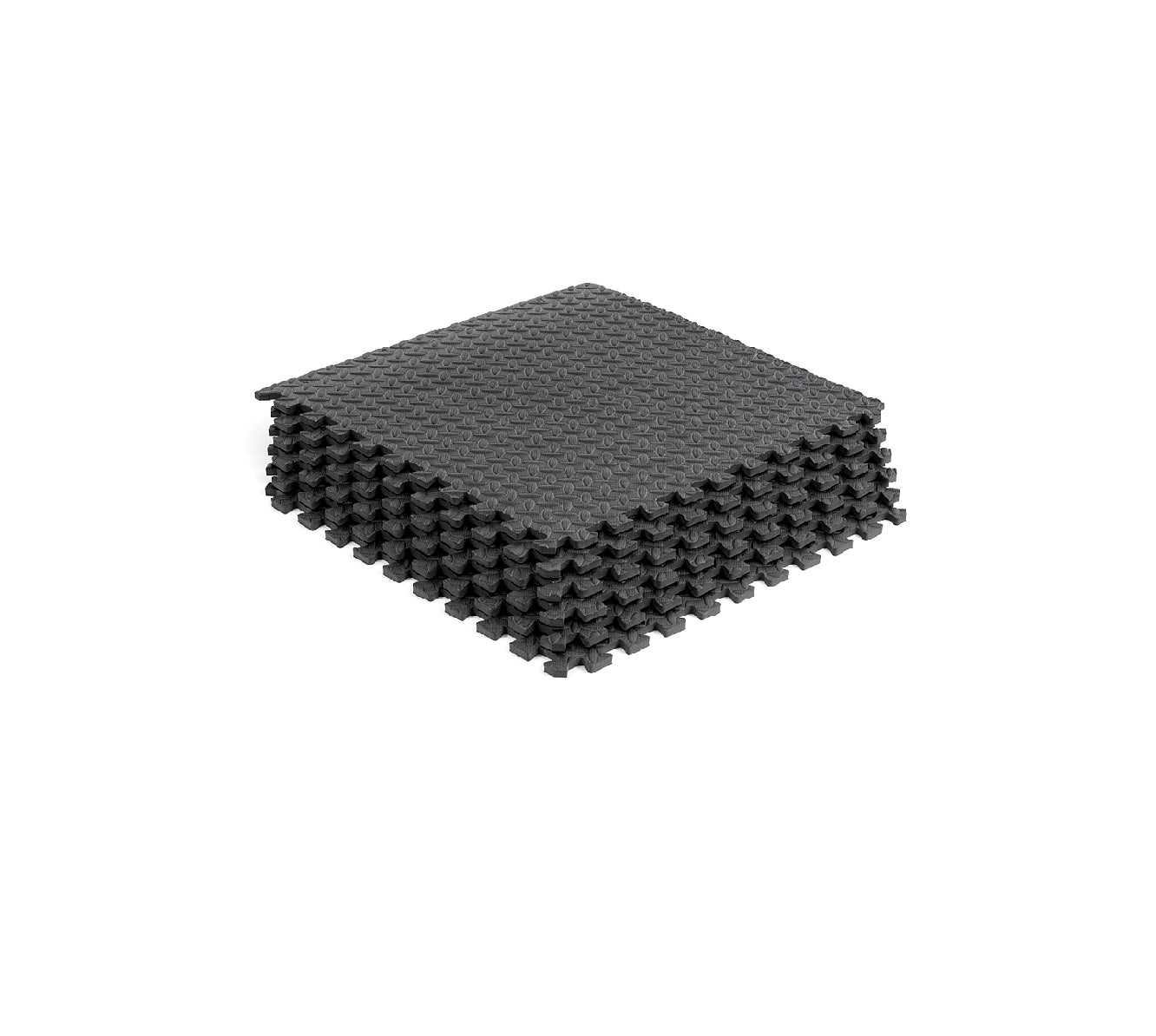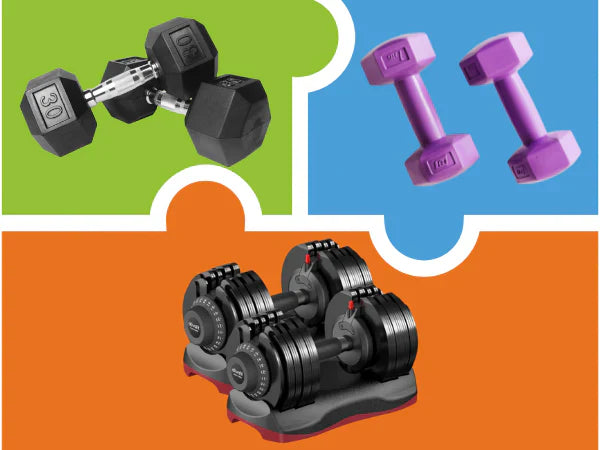
Cast Iron vs Rubber Hex Dumbbells: UK Buyer's Guide 2024
Setting up a home gym requires careful consideration of every piece of equipment, especially when it comes to free weights. Two popular options dominate the UK market: traditional cast iron hex dumbbells and their modern rubber-coated counterparts. Both serve the same fundamental purpose, but they differ significantly in construction, performance, and long-term value.
This comprehensive guide examines the key differences between rubber vs cast iron hex dumbbell options, helping you make an informed decision for your home fitness space. We'll explore the advantages and drawbacks of each type, compare their performance across various factors, and provide practical recommendations based on your specific needs and budget.
Understanding these differences becomes particularly important when investing in a hex dumbbell set with rack, as you'll want equipment that delivers consistent performance, durability, and value for years to come.
Cast Iron Dumbbells: Pros and Cons
Cast iron dumbbells represent the traditional approach to strength training equipment. These weights consist of solid iron construction with minimal coating or protective layers.
Advantages of Cast Iron Hex Dumbbells
Lower Initial Cost: Cast iron hex dumbbells typically cost 20-30% less than their rubber-coated equivalents. This makes them an attractive option for budget-conscious fitness enthusiasts building their first home gym.
Authentic Feel: Many experienced lifters prefer the traditional feel of cast iron weights. The direct metal-to-hand contact provides a classic training experience that connects users to decades of strength training heritage.
Compact Profile: Without rubber coating, cast iron dumbbells maintain a slimmer profile. This can be beneficial when space is limited, particularly with a hex dumbbell set rack configuration.
Easy Maintenance: Simple cleaning with a damp cloth removes dust and sweat buildup. The straightforward maintenance routine appeals to users who prefer minimal equipment care.
Disadvantages of Cast Iron Hex Dumbbells
Noise Issues: Cast iron creates significant noise when weights contact each other or hit the floor. This becomes problematic in shared living spaces, apartments, or early morning workout sessions.
Floor Damage Risk: Without protective coating, cast iron can scratch, dent, or damage flooring surfaces. This concern grows when using heavier weights or during high-intensity training sessions.
Corrosion Vulnerability: Cast iron naturally rusts when exposed to moisture. UK's humid climate can accelerate this process, particularly in garages or basement gym setups.
Comfort Limitations: Extended workout sessions may cause hand discomfort due to the hard, unforgiving surface. Cold metal handles can be unpleasant during winter training sessions.
Grip Challenges: Smooth cast iron surfaces can become slippery when wet with sweat, potentially compromising safety during challenging lifts.
Rubber Hex Dumbbells: Pros and Cons
Rubber hex dumbbell sets feature cast iron cores encased in protective rubber coating. This modern approach addresses many traditional weight limitations while introducing some trade-offs.
Advantages of Rubber Hex Dumbbells
Superior Floor Protection: Rubber coating acts as a cushioning barrier, protecting floors from scratches, dents, and impact damage. This proves essential for home gyms with hardwood, laminate, or tile flooring.
Noise Reduction: The rubber coating significantly dampens sound when weights contact surfaces or each other. This makes rubber hex dumbbells ideal for apartment living or shared spaces.
Enhanced Grip: Textured rubber surfaces provide superior grip, even when hands become sweaty during intense training sessions. This improved traction enhances safety and performance.
Weather Resistance: Rubber coating protects the iron core from moisture and humidity, preventing rust and corrosion. This durability proves particularly valuable in UK's variable climate conditions.
Comfort Improvement: Rubber provides a more comfortable grip surface, reducing hand fatigue during extended workout sessions. The material also feels warmer than cold metal during winter training.
Professional Appearance: Rubber hex dumbbells typically feature clean, uniform coloring that creates a professional gym aesthetic in home fitness spaces.
Disadvantages of Rubber Hex Dumbbells
Higher Initial Investment: Rubber hex dumbbell sets cost more upfront than cast iron alternatives. A full hex dumbbell set with rack can represent a significant initial expense.
Larger Profile: Rubber coating increases overall dumbbell dimensions, which may affect storage efficiency in compact spaces or with certain rack designs.
Potential Odor: New rubber weights may emit a strong rubber smell that can be off-putting in enclosed spaces. This typically diminishes over time but may persist for weeks or months.
Coating Wear: Heavy use can cause rubber coating to show wear marks, tears, or deterioration over time. While this doesn't affect functionality, it may impact appearance.
Limited Weight Feel: Some experienced lifters feel that rubber coating diminishes the traditional weight training experience, preferring direct metal contact.
Quick Comparison: Cast Iron vs Rubber Hex Dumbbells
|
Feature |
Cast Iron |
Rubber Hex |
|
Initial Cost |
Lower (£8-12 per kg) |
Higher (£10-15 per kg) |
|
Floor Protection |
Poor - Can damage surfaces |
Excellent - Cushioned protection |
|
Noise Level |
High - Clanging and banging |
Low - Dampened impact |
|
Grip Quality |
Basic - Can become slippery |
Superior - Textured, secure |
|
Durability |
Good - But prone to rust |
Excellent - Weather resistant |
|
Maintenance |
Simple cleaning |
Regular cleaning required |
|
Space Efficiency |
Compact profile |
Larger due to coating |
|
Professional Look |
Traditional |
Modern, uniform |
Factors to Consider When Choosing
Budget Considerations
Your budget plays a crucial role in selecting between cast iron and rubber options. Cast iron provides immediate savings but may require floor protection mats or rack padding, adding to total costs. Rubber hex dumbbells cost more initially but eliminate the need for additional protective equipment.
Consider the long-term investment perspective. While cast iron appears cheaper, potential floor repairs, rust prevention measures, and eventual replacement costs may make rubber dumbbells more economical over time.
Training Environment
Home Location: Apartment dwellers or those with shared walls should prioritize rubber hex dumbbells for noise reduction. House owners with dedicated basement or garage gyms may find cast iron acceptable.
Flooring Type: Expensive hardwood, engineered flooring, or tiles strongly favor rubber options. Concrete floors in garages or basements can better withstand cast iron impact.
Climate Control: Heated, humidity-controlled spaces work well with either option. Unheated spaces or areas prone to moisture make rubber coating essential for preventing rust.
Usage Patterns
Workout Intensity: High-intensity training with frequent weight changes benefits from rubber hex dumbbells' noise reduction and floor protection features.
Training Duration: Extended workout sessions favor rubber options due to improved grip comfort and reduced hand fatigue.
Exercise Variety: Functional training involving floor exercises or overhead movements benefits from rubber dumbbells' safety and noise advantages.
Storage Solutions
A hex dumbbell set rack becomes essential regardless of weight type. However, cast iron's compact profile may offer slight advantages in tight spaces, while rubber dumbbells require rack designs that accommodate their larger dimensions.
Consider vertical storage solutions like 3-tier racks that maximize floor space efficiency. Ensure your chosen rack design accommodates your selected dumbbell type's dimensions and weight capacity requirements.
Making the Right Choice for Your Home Gym
After examining both options thoroughly, rubber hex dumbbell sets emerge as the superior choice for most UK home gym applications. The initial cost premium pays dividends through floor protection, noise reduction, and enhanced safety features.
Cast iron dumbbells remain viable for specific situations: dedicated gym spaces with concrete floors, users prioritizing minimal upfront costs, or traditionalists who prefer authentic iron feel. However, these scenarios represent minority use cases.
For most home fitness enthusiasts, investing in a quality rubber hex dumbbell set with rack provides the best long-term value. The combination of durability, safety, and user comfort creates an optimal training environment that supports consistent, effective workouts.
Consider starting with essential weights (5kg-20kg pairs) and expanding your collection over time. This approach spreads costs while ensuring you have appropriate resistance for progression. Quality brands like those available from UK fitness equipment suppliers offer reliable construction and reasonable warranties.
Remember that your dumbbell choice impacts every workout session for years to come. Prioritizing quality, safety, and user experience over minimal cost savings typically proves wise in the long run.
